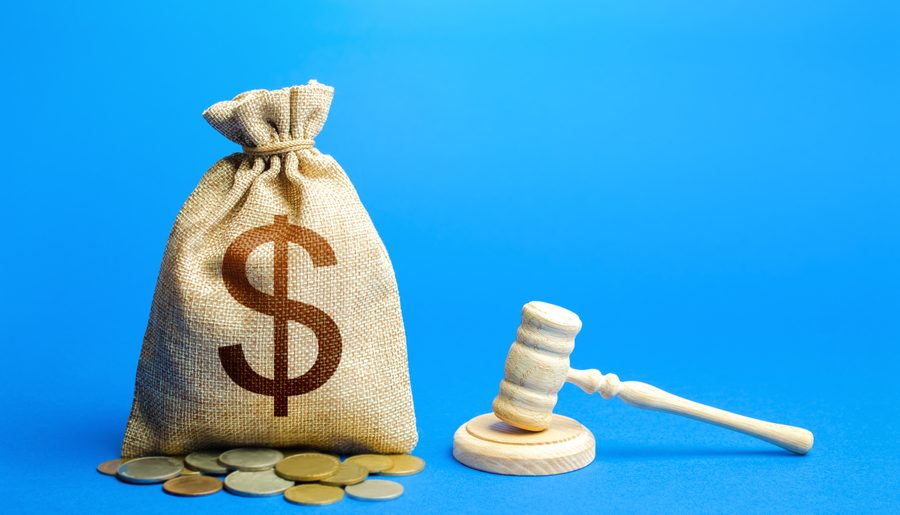The Consumer Product Safety Commission claims that in 1996 alone, clothes dryers caused 15,500 house fires, resulting in 20 deaths, 320 injuries and $84.4 million in property damages. In light of this information, it is not surprising that dryer manufacturers vigorously defend products liability claims. Just recently, Electrolux obtained a defense verdict in Wisconsin federal court in a dryer fire case filed by a subrogating carrier.
Successfully pursuing a dryer fire claim in this environment requires attorneys and experts who have the technical experience, education and acumen to successfully navigate the many defenses that dryer manufacturers raise. The attorney and expert must realize that there is no such thing as a “typical” dryer fire case. Each case presents its own set of facts and circumstances which prevent you from adopting a one size fits all type of litigation strategy when prosecuting these cases.
In recent years, Cozen O’Connor has developed an expertise and sophistication in prosecuting dryer fire cases. As a result, numerous insurers have asked us to “take a second look” at dryer fire claims that were previously closed by other law firms. In several of these cases, we have identified viable subrogation opportunities and instituted suit against the potentially responsible parties. Unfortunately, in most of the cases we reviewed, we had to advise the client that although the case had a potentially viable theory of liability, we could not pursue the claim because the investigator had failed to collect and preserve the necessary evidence.
In dryer fire cases, it is not simply enough for the investigator to preserve the dryer. There is other critical evidence that must be documented and/or preserved if you are to successfully overcome the legion of defenses that dryer manufacturers will undoubtedly raise in your case. Some of their favorites are:
1. Spoliation – Ideally, you should place the dryer manufacturer on notice of the claim and give them an opportunity to inspect the fire scene. If the dryer manufacturer is not given this opportunity, they will certainly raise a spoliation defense. However, this defense can be overcome if your expert properly documented the fire scene completely and extensively with photos. It still amazes me to see fire investigators who take a dozen or less photos of the room of origin and believe that they have adequately documented the fire scene, especially in this age of digital cameras. Make sure your investigator takes tons of pictures of the fire scene, both close ups and overall view shots. I love it when I get a CD from my expert and it has 400 or more fire scene photos. I can’t tell you how many times one of those photos has saved a case two or three years down the road in litigation when a defendant has raised an unexpected issue and we are able to rebut the allegation with a photo.
2. Obstruction in the Exhaust System – Dryer manufacturers will often claim that an obstruction in the exhaust system was the cause of the fire because it resulted in an excessive accumulation of lint within the dryer cabinet. It is important that your fire expert document completely with photographs and measurements the transition duct, the permanent house duct and the exhaust vent hood (along with any screens). Your expert should also consider removing these items and preserving them as evidence, along with the dryer.
3. Suspect Load – Another favorite defense of dryer manufacturers is to claim that the fire started as a result of spontaneous combustion of cooking oils in the load itself. While our dryer experts have test data that refutes this possibility, it is still a good idea to make sure that your expert takes several samples of the load for later testing by a laboratory.
Also, make sure that your expert properly preserves the samples. Too many times I have seen experts place the samples in plastic bags. Not only is this against proper evidence preservation protocol, but it also allows the dryer manufacturer to argue that the sample has been compromised because any potential oils could have evaporated through the plastic bag. Proper evidence collection and preservation protocol requires the expert to place the samples in metal containers. Also be sure that your expert preserves several samples so that you can provide a sample to the dryer manufacturer later in order to allow them to test the load themselves at a laboratory of their own choosing.
Prosecuting dryer fire cases is very difficult. Don’t make it even more difficult by hiring experts who are not sensitive to the special considerations that must be employed when investigating a dryer fire case. Be sure that you discuss the issues outlined above with your experts.






